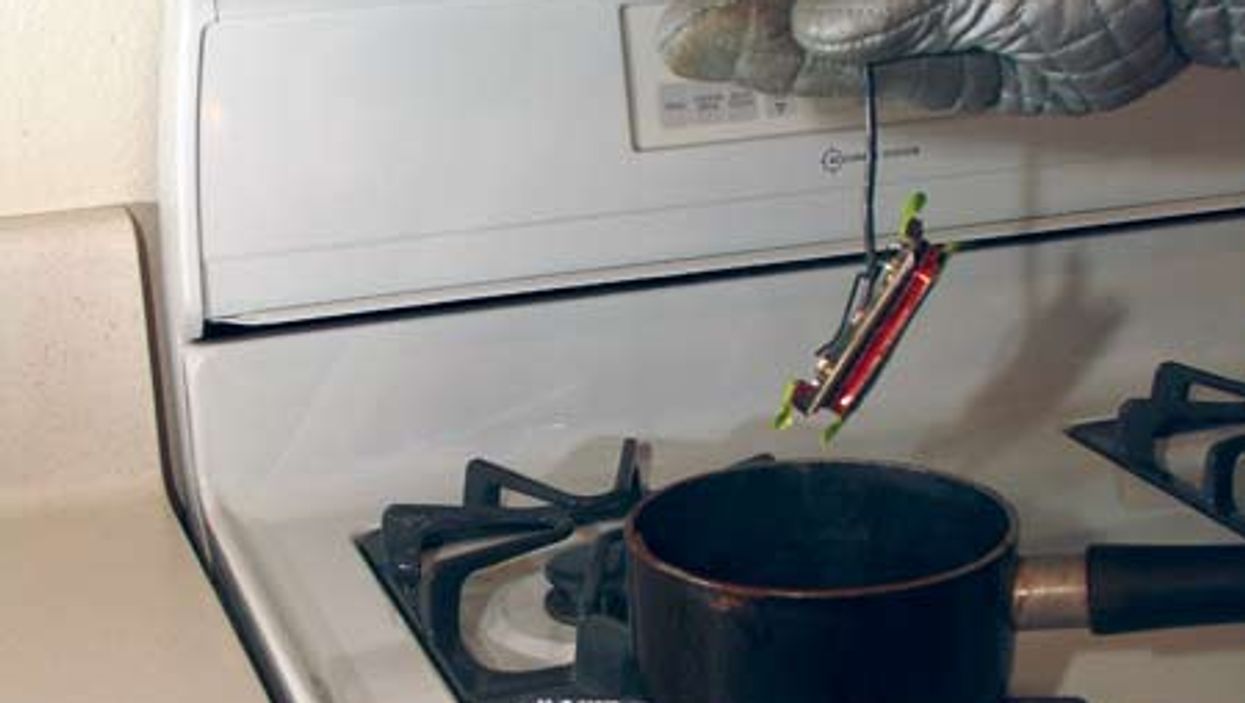Search
Latest Stories
Start your day right!
Get latest updates and insights delivered to your inbox.
fender-telecaster-deluxe-loop-feedback-potted-pickups-acoustic-sound-tone-microphonic-energy-danelectro-step-supplies
Don’t Miss Out
Get the latest updates and insights delivered to your inbox.
Recent
load more

